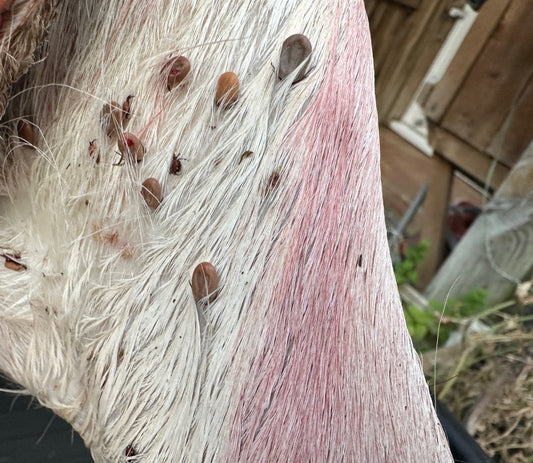Gardening enthusiasts often face the significant challenge of protecting their beloved plants from the ravages of deer, particularly when it comes to cherished varieties such as roses. Deer, drawn to the nutrient-rich and tender plants found in gardens, can quickly turn a well-maintained garden into their dining area. Understanding the behaviour and preferences of deer is the first step in devising effective strategies to safeguard your green spaces.
Understanding Deer Behaviour in Gardens
Deer typically venture into gardens during the quieter hours from dusk till dawn, feeding on a variety of plants with roses being among their favourites due to their tender leaves and aromatic blossoms. The presence of deer can be especially problematic in suburban areas where natural habitats are limited. Recognising the signs of deer, such as hoof prints or nibbled foliage, is crucial for timely and effective management interventions.
Recognising the seasonal patterns of deer activity also aids in preparing preventative measures in advance. Spring and early summer often see increased deer activity as does early autumn, aligning with their breeding cycles and periods of natural food scarcity.
Effective Strategies for Deer Management in Gardens
Physical Barriers: Erecting physical barriers is one of the most reliable methods to deter deer. Fencing should be considered a primary defence mechanism. However, due to the deer's ability to jump high, fences need to be around 8 feet tall to effectively prevent them from entering garden areas. An alternative to traditional fencing is the use of netting around specific plants or raised beds, which can provide a less intrusive solution.
Cultivating Deer-Resistant Plants: While no plant is completely deer-proof, integrating plants that are generally less palatable to deer can significantly reduce their interest in your garden. Herbs such as lavender and rosemary emit strong scents that deer find off-putting, while plants with prickly textures like holly might also deter them. Strategic planting can act as a natural and aesthetically pleasing deterrent.
Using Deer Repellents Like Trico®
Trico® Garden Deer Repellent presents a practical solution for those seeking to protect specific plants or areas within their garden without erecting extensive physical barriers. This repellent works by emitting a scent that is unpleasant to deer but not harmful to plants or humans, integrating seamlessly into your garden care routine.
How to Use Trico® Deer Repellent: It is advisable to apply Trico® directly to the foliage of plants that are particularly vulnerable to deer. The application should be repeated regularly, especially following rainfall, as the repellent can be washed away. Adhering strictly to the guidelines provided by the manufacturer will ensure that the repellent remains effective throughout the season.
Safety and Environmental Considerations: Trico® is designed to be environmentally friendly and safe for use around pets and children when used as directed. This makes it an ideal choice for household gardens where safety is as much a priority as effectiveness.
For further details on Trico® Deer Repellent, including purchasing information, visit: Trico® Garden Deer Repellent.
Managing deer in your garden doesn't have to involve drastic measures. By understanding deer behaviour, implementing physical barriers, and using targeted repellents like Trico®, you can protect your plants effectively. Such strategies not only preserve the beauty and yield of your garden but also maintain the ecological balance by discouraging deer from becoming too reliant on human-provided food sources. With the right approaches, your garden can flourish, free from the disruptions caused by these graceful yet potentially problematic visitors.




